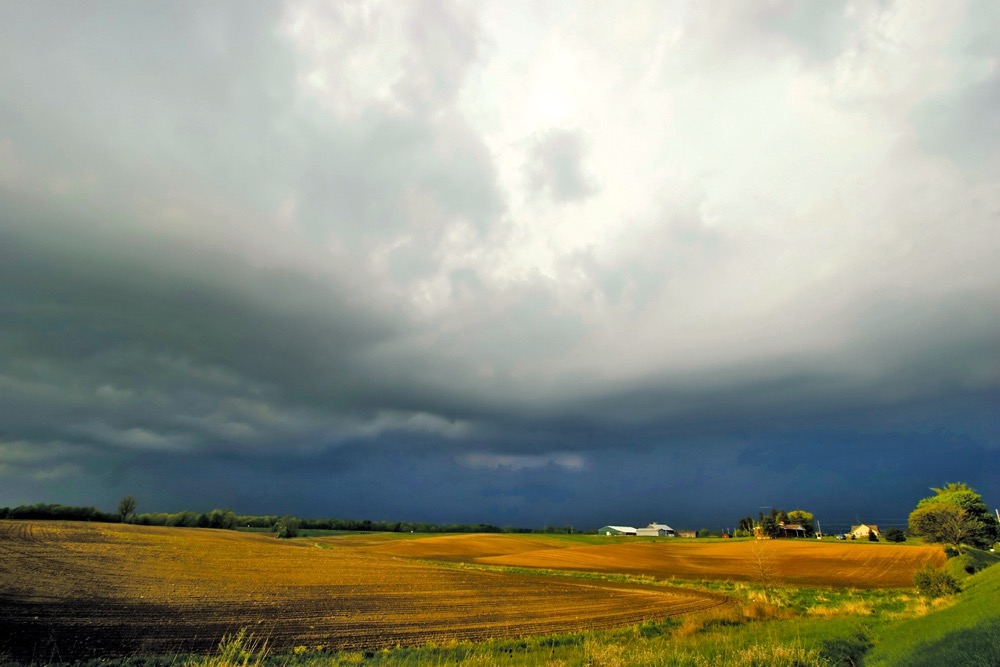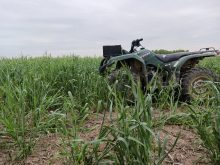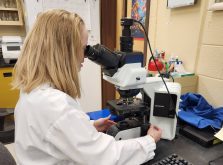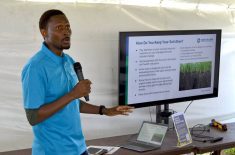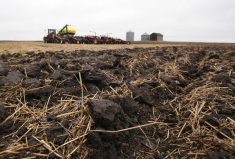New buzzwords are old news at Hebert Grain Ventures, where ‘climate-positive practices’ have been just another part of doing business for decades.
That makes the Saskatchewan grain operation a model for how farmers here can improve sustainability without hurting their profits.
“The hashtags that are now used are climate positive and sustainable, but we implemented variable rate in the early ’90s before any of these words were around,” said Kristjan Hebert, who owns and operates a large-scale grain operation near Moosomin.
“In the last 24 months, the world has decided they should call them climate-positive practices. But these are practices we’ve been looking at and implementing for decades simply to ensure our farm is here for the long term.”
The 30,000-acre operation was recently named the Canadian winner of the Climate Positive Leader Award by Corteva Agriscience. The award was given to nine producers (four Americans, two from South America, an Australian, and one from Kenya) who are successfully implementing and scaling “climate-positive practices.”

“I’ve got a legacy statement hanging on my wall that we want to improve our land and our financial statements generation after generation,” said Hebert. “But I believe agriculture forever has had that goal — to improve the land and the financial statements to give the next generation a sustainable operation to take over and keep the farm going forever. It’s one of the only industries in the world where we all really pray at night that our kids want to take it over and it continues to be a family business forever.”
For that to happen, profitability and environmental sustainability must go hand in hand, said the second-generation producer who is known for his presentations on the five per cent rule. (That is, boosting yields and cutting expenses by five per cent, along with a similar gain from marketing can boost net returns by double or more.)
Read Also
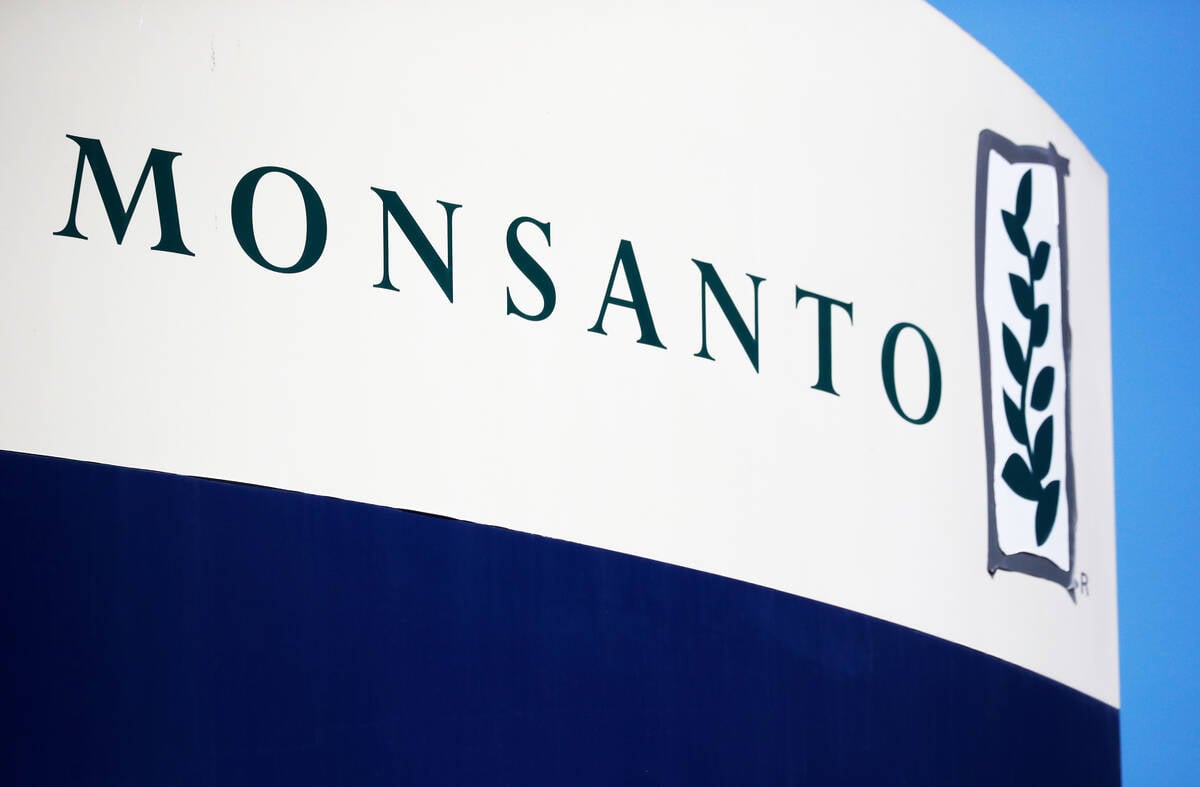
Roundup retraction makes public trust ripples
A foundational study on glyphosate safety was recently retracted, while Roundup maker Bayer has already said it may ditch the key agricultural herbicide after lawsuits piled up.
“As farms, we don’t run not-for-profits. That doesn’t work for the sustainable longevity of our business,” he said. “A farmer who only improves their land but loses money every year isn’t sustainable, and a farmer who makes a lot of money but decreases the value of their land isn’t sustainable, either. Those two things have to be in a balance.”
That philosophy has allowed Hebert to grow the operation from 2,500 acres nearly 20 years ago to 30,000 acres this spring, while still focusing on building healthier soils and stronger balance sheets.
“For sure we’ve seen improvements to our yield, but we measure gross margin. That’s yield times price minus seed, fertilizer, and chemical. That’s actually the target we worry about most,” said Hebert.
“It’s maximizing gross margin that we focus on, and 100 per cent, we’ve seen an improvement on that, and we learn more about it every year.”
Data driven
As a result, the operation has been able to scale its ‘climate-positive practices’ as it has grown. One of the ways Hebert does that is through data collection and analytics.
“Nobody is perfect, so you have to collect the data to find out what’s working and what isn’t working, and then amplify what is working,” he said. “We’re really utilizing data to better understand what’s going on in the soil with our crops.”
These different types of metrics are used all across the operation, he added. That includes extensive use of soil temperature and soil water probes while grid soil sampling and data layers are used to create variable-rate fertilizer prescriptions. Things like sectional control and variable-rate technology have increased precision and decreased inputs, said Hebert.
“It’s been quite a while since we implemented sectional control, but when we first implemented it, there was about an 11 per cent decrease in our overlap,” he said. “We were getting the same effect at the end of the year on what we were trying to accomplish, but we used 11 per cent less inputs to do that. That’s a really good example of how this can work.”
One of the more unusual metrics used on the farm tracks labour.
“We’ve got metrics like one full-time employee for every 2,500 acres. Or we know that it takes around 1.15 paid hours per acre that we farm. Our goal is to always have a team slightly bigger than we need to ensure that we can implement these practices.”
Size also allows employees to take on more specialized roles and that helps when implementing practices that improve sustainability.
“We’ve almost found it easier as we’ve got bigger because we’ve been able to hire more dedicated team members to individual roles,” said Hebert.
“We want to farm the last acre as good as the first acre, and most of the time, that’s tied to how you build your team.”
Soil health guarantee
However, that requires striking a balance between “perfection and logistics.”
“Perfection is grandma’s garden where you’re hand-picking every single weed and checking on every single plant. In a perfect world, you’d do that on 30,000 acres, but on the logistics side, you still need to get the work done,” he said.
“It’s a constant discussion every week here of our battle between perfection and logistics and making sure we keep that teeter-totter balanced.”
To do that, each field is given a score based on its overall soil health.
“We’re starting to understand that different soils can improve at different rates, but we’ve never had a field go backwards,” he said. “It’s to the point where we’ll offer a guarantee to landlords that if they give us a five-year or 10-year deal, we’ll retroactively pay them more rent if the soil health score goes backwards. We’re that confident in that number.”
But what works at Hebert Grain Ventures isn’t necessarily going to work for every farm, he added.
“What works here might not work in Alberta, so don’t be afraid to talk to other people who are trying things and the companies you’re working with for ideas,” said Hebert.
“Every farm is going to have some strategies that are slightly different, but on-farm trials around variable rate and different types of soil testing metrics are good to do yourself on your own farm to see what works or doesn’t work.”
That type of work will be increasingly important as society and governments respond to concerns about climate change, he added.
“Consumers want those standards for our country, so they’re most likely coming,” he said.
And Prairie farmers can be leaders in implementing those standards on their operations. In many ways, said Hebert, they already are.
“Sustainability has been in our best interest forever. The fact that they’ve now come up with fancy words around it really doesn’t change what farms have been doing forever,” said Hebert.
“I truly do believe that agriculture is a solution to the climate and carbon issues that the world’s talking about. But we need to measure that and prove it rather than just talking about it.”

